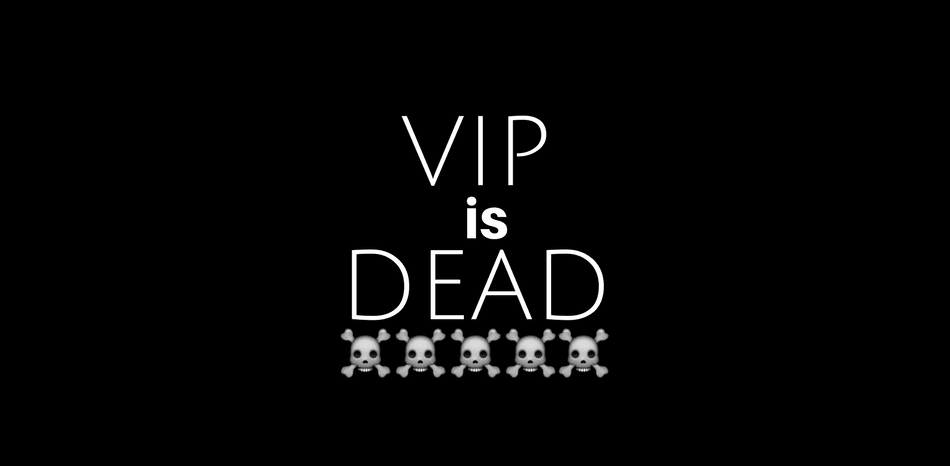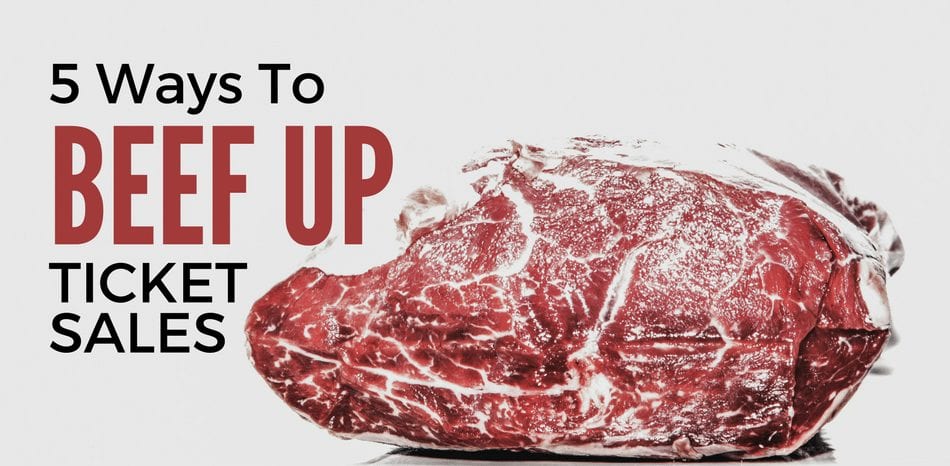We Know Festivals. The Reykjavik-based Aussie founded one of the first social media marketing companies in the world back in 2007, and since then has worked with entertainment agencies like Warner Music, Paramount Pictures, and EMI, and now in the festival sphere with Secret Solstice, Lost Paradise, The Ark, Ostend Beach, Rampage, and many others. Hill’s special talent is getting unrivaled mileage out of marketing budgets while fine-tuning a festival’s brand to maximize growth and longevity. As an example of his prowess, just last year Hill’s agency created the $1 million festival ticket campaign for Secret Solstice, which became the 3rd most-read event news story of 2016. We asked Leon to disclose some of the tricks he’s learned over the years to help you stretch your budget and sell more tickets.
Selecting Solid Imagery
“When it comes to digital, bold images are the most important element in grabbing people’s attention from the get go in any campaign,” explains Hill. “Ad copy, titles, and headlines are all key in creating a great ad, but nothing is more important than the image.” He insists that, in general, images with bright, saturated colors, always perform better than dark, moody, or black and white shots, and that photos of guests caught up in the experience of the event almost always have higher conversion rates than photos of artists, regardless the name. “But I can’t stress the importance of testing this stuff out,” said Hill, “because even in the 10 years or so that I’ve been doing this, I’ve been dealt some surprises.” Which brings us to our next point…
Testing Ads
At the start of most event campaigns, Hill tests around 1,500 images across Facebook and other platforms in order to gauge which are the most effective and have the highest conversion rates. “It can be difficult to convince a festival promoter to spend $500 or $1,000 on testing before you even begin to roll out a campaign, but in the long run it’ll save time and additional spend as you’ll know exactly what works in generating the desired response from your audience.” “Across the entirety of a festival campaign you might be generating tens-of-millions of impressions on Facebook, Google, or other ad serving networks, and if you can increase your conversion by only 1% by spending some additional time on testing ad creative, that’ll make an immense difference.”
Imaginative, Diverse Content
“There is nothing that sells an event more than imaginative and diverse content. Nothing.” People are still rightly seeking out great content as the primary means of selling their event, and Leon definitively states that having a variety of great, tested content is the most important element for driving ticket sales.“A large chunk of events are posting similar types of content to their audience over and over again—and that’s invariably poorly selected images,” he explains. “Having some diversity is great for the audience and will allow you to market the full scope of the festival to them.”
Video is (Usually) the Best Type Of Content
Nothing forges the necessary emotional connection to a festival like a beautiful bit of video content, and it also happens to generally have the highest conversion rate of all forms of media. “Video is still the most vital form of content, but specifically live video,” Hill explains. “Platforms like Facebook are eager to get people to use their live streaming services, and by doing so you can reach larger chunks of your audience organically without having to spend money on promoting posts.” “People aren’t going to festivals so much for the lineups anymore. They aren’t going because of the location, or the venue. They are choosing to go to a particular event because of how it is presented, and the emotional experience they think they’ll get out of it. And nothing better presents the emotion of an event like a great video piece.”
Structure Your Roll-Out Around Content
While the key dates of roll-out campaigns are so often at the mercy of agents and artists chopping and changing, having an intricately mapped roll out of announcements is vital. Hill insists that you should have a well-planned content calendar for the entirety of the event — whether that’s video, creative blog content, photo albums, or live streams—that doesn’t revolve around lineup announcements. “You have to make sure that you’re planning an entire campaign from the start, and that you have a bunch of pre-prepared rich content to last the entirety.” However, he admits that this isn’t always easy. “On The Ark this year, we were fighting an uphill battle on a brand new event that had no previous photo or video content, and until just this week, no lineup either. However, we drew people in with the locations The Ark would visit, created a fun, on-brand mantra, and sold the experience in any way we could. And it worked—we sold over 50% of the entire capacity in less than a day of going on sale.” And that’s no small feat, especially for a brand new event with a minimum ticket price of $580USD!
Masterclass Conclusion
Your audience is made up of media-savvy individuals who are inundated with information all day long. To capture their attention, your message should not be a one-way monologue. Apply techniques to engage your audience into a conversation and build a narrative that tells your story. A well-executed social media campaign is the result of a scientific approach to marketing and a creative approach to content. Maintain this balance and you will see results.]]>


